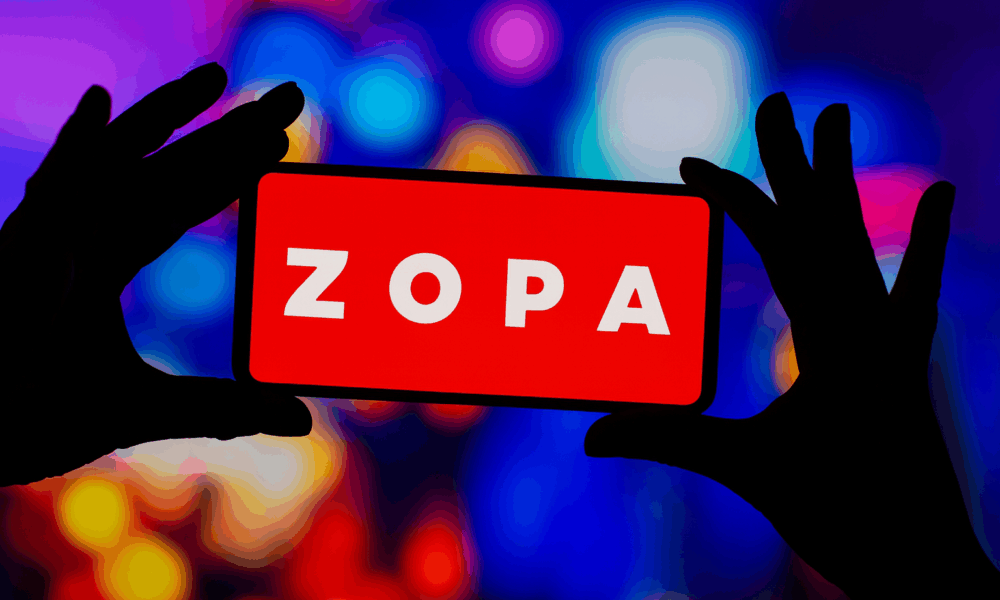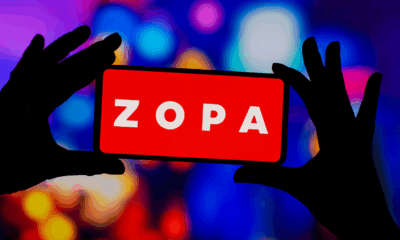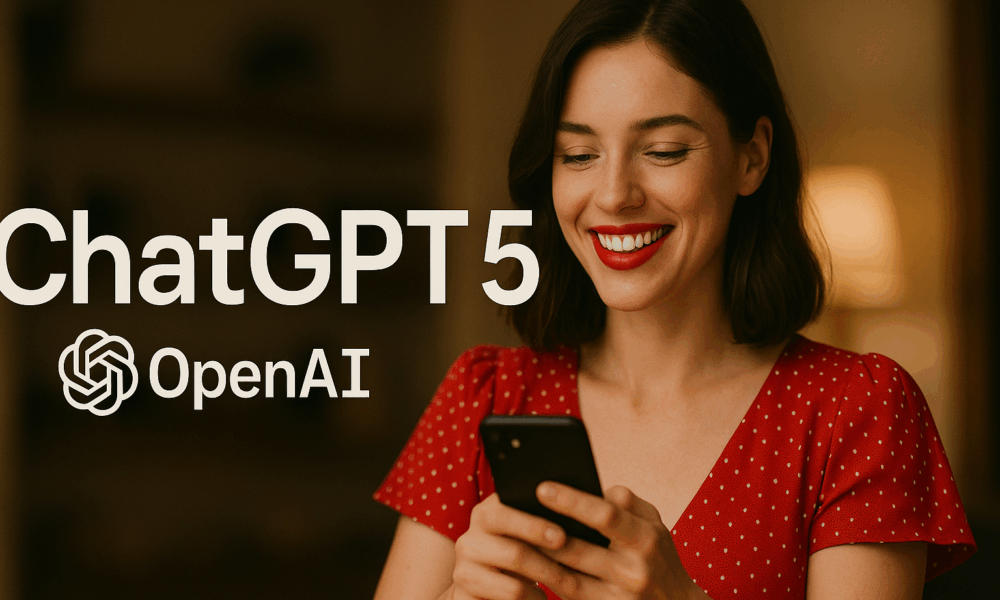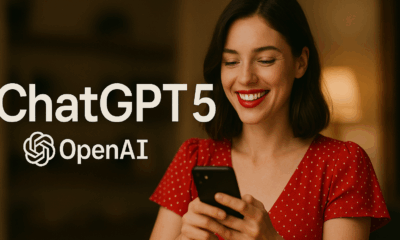


Learning a foreign language has always required commitment — hours of practice, expensive classes, and exposure to native speakers. But now, a new companion has entered...



A New Chapter in AI Oversight Artificial intelligence companions—once the stuff of speculative fiction—are now squarely in the crosshairs of state regulation. California is on the...



A Cultural and Technological Supernova In the rapidly shifting world of artificial intelligence, few innovations have captivated the public imagination quite like ChatGPT. It’s more than...



The banking industry stands on the brink of a transformation. AI is no longer a pilot project—it’s embedded deeply into the industry’s core. A newly published...



When OpenAI introduced GPT‑5 earlier this month, CEO Sam Altman promised a streamlined future: one intelligent model router to rule them all. Gone would be the...